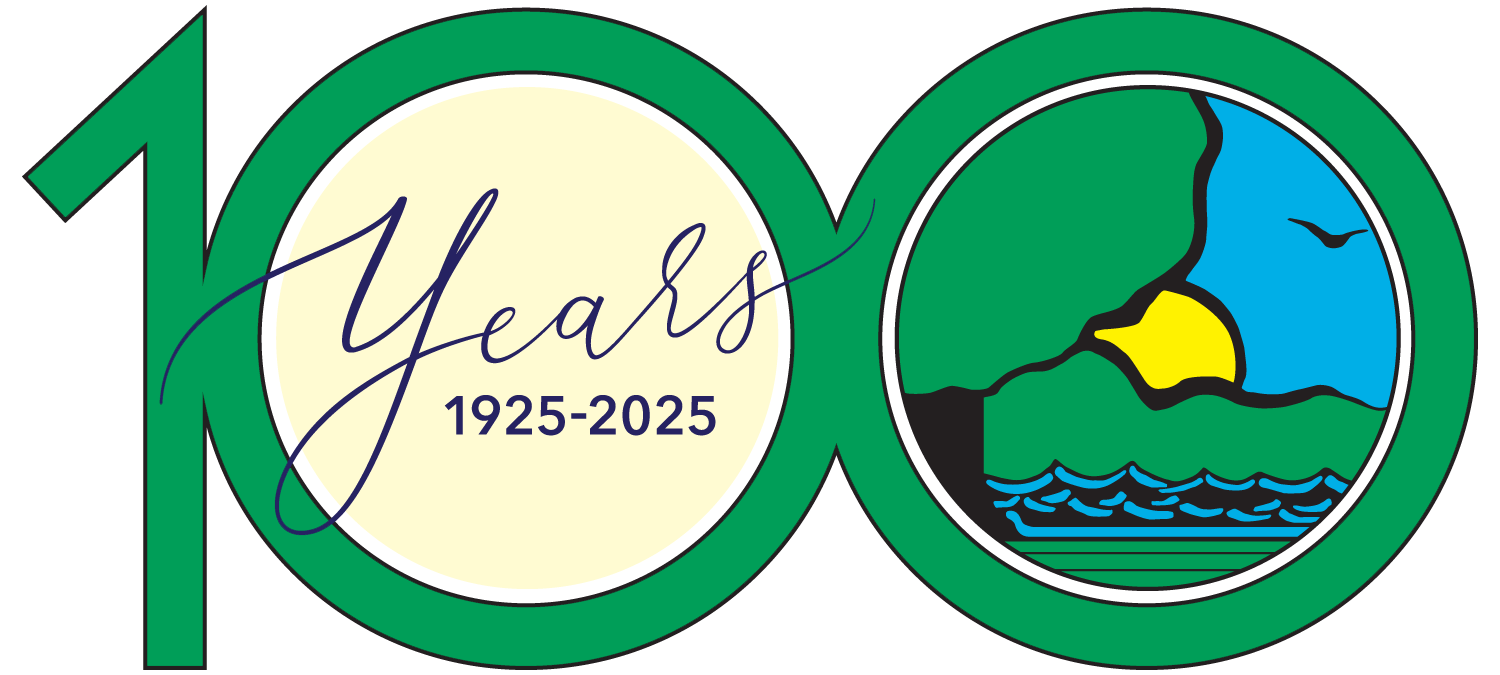
The beginning of pumping at Emiquon in June 2018. All photos by The Nature Conservancy.



The beginning of pumping at Emiquon in June 2018. All photos by The Nature Conservancy.
If you visited The Nature Conservancy’s (TNC) Emiquon preserve this summer, you might have noticed that although water levels were lower than usual, the number of pelicans, great egrets and other fish-eating birds were up. The correlation between the two is the result of some important restoration work we performed this summer, and reveals just how important changes in water levels are to the long-term health of our rivers and floodplains.
Several years ago, TNC installed an award-winning water control structure that reconnects Emiquon to the Illinois River. One of the goals of the structure is to help restore seasonal water fluctuations to mimic nature’s cycles. For example, some years water levels are higher, which allow fish and aquatic plants to thrive. Other years, water levels are lower, which are good for the soils at Emiquon and the migratory birds that prey on fish. When years of high water levels and low water levels alternate as they do in nature, it ensures that the many diverse species that call Emiquon home all have the right conditions to thrive.

This summer we used the structure to draw down water levels at the preserve in order to make major repairs at Emiquon. The integrity of the levee between the preserve and the Illinois River has been degrading after many years of prolonged exposure to high water. Waves had caused erosion and burrowing by beavers and muskrats has further compromised its stability, making levee failure a growing concern. As storms and flooding events become more powerful and frequent as the climate changes, all of us at Emiquon understand that the levee and other infrastructure must be maintained—the health and safety of the site and our neighbors depend on it.

Knowing this, we used our pumps to draw down more than 50 percent of the water at Emiquon this summer to make repairs. The drawdown also provided numerous benefits to Emiquon’s plants and wildlife by mimicking the seasonal variations in water level that I mentioned earlier. For example, when the water receded, mudflats were exposed, and the exposure to sunlight allowed soil that is normally underwater to dry out and “firm up.” This will reduce sediment resuspension and improve water clarity, creating healthier wetland plant communities at Emiquon in the coming years. But plants aren’t the only beneficiaries of the drawdown—healthier plant communities will, in turn, provide essential habitat for robust and diverse fish populations and food for hundreds of thousands of migratory waterfowl and other water birds. People benefit as well, not only from a safer levee, but from the increased recreational opportunities that healthy wildlife populations provide, from birding to hunting.
We named the water control structure Ahsapa, which means “web” in Myaamia, the language used by Native Americans who were the land’s early inhabitants, because this name reflects how everything in nature is connected. This summer’s drawdown demonstrated just how true that is, and why striving for seasonal water fluctuations is important as we work to restore our rivers and floodplains for both people and nature.
Jason Beverlin is the Deputy Director of River Conservation for the Illinois Chapter of The Nature Conservancy. He graduated from Southern Illinois University at Carbondale with a degree in land management and outdoor education and has worked with TNC since 2005.
Submit a question for the author